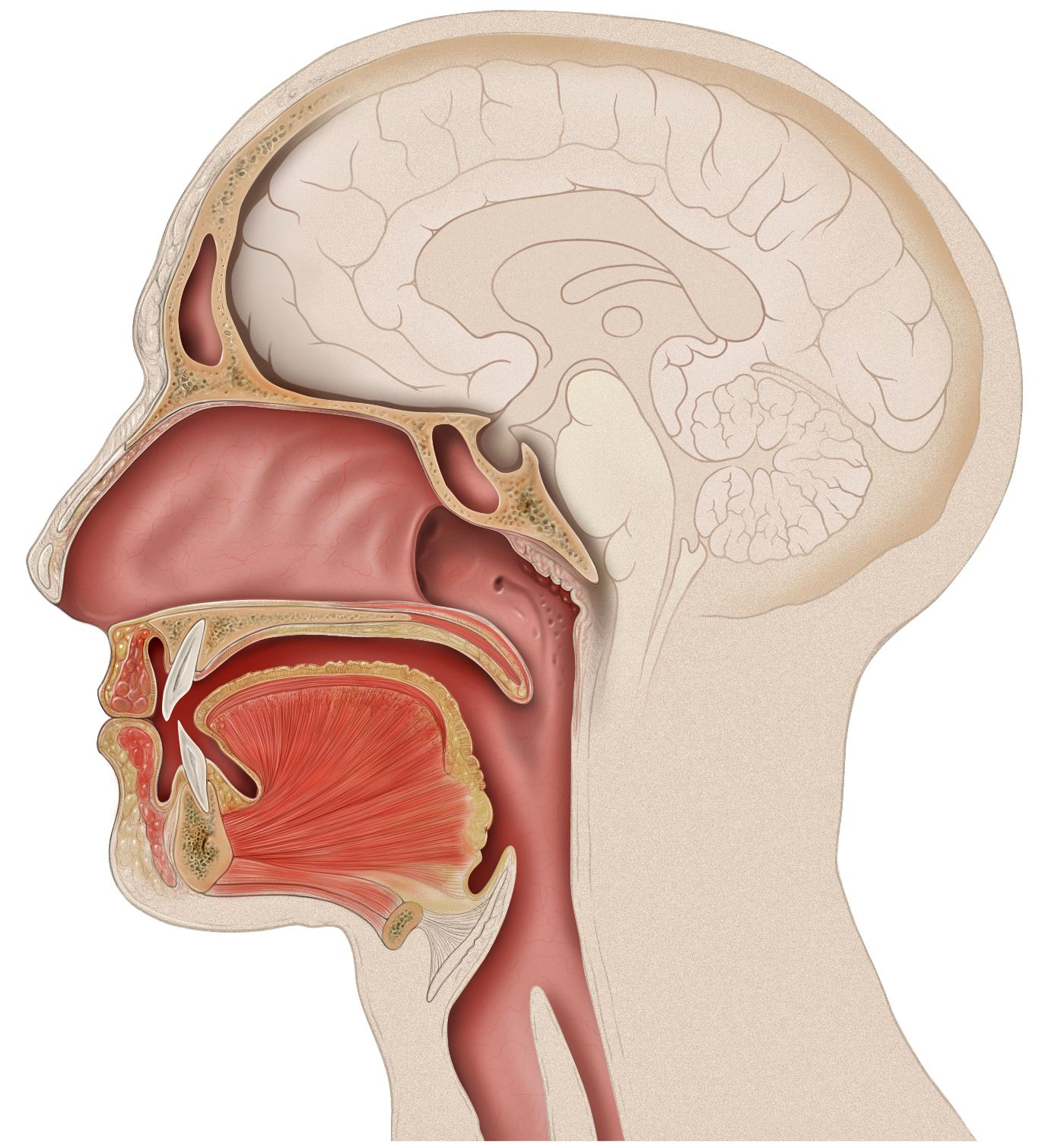SAVER Model Shows De-Escalation Benefit in p16-Positive Oropharynx SCC
A prospective phase 2 trial evaluated the use of de-escalation therapy for patients with p16-positive squamous cell carcinoma.
“[This trial] demonstrated favorable contralateral parotid doses and toxicities. No contralateral nodal failures or maturation of follow-up is ongoing,” according to Jason K. Molitoris, MD, PhD.

The use of selective avoidance of nodal volumes at minimal risk (SAVER) may be a promising de-escalation option for patients with p16-positive oropharyngeal squamous cell carcinoma (SCC), according to findings from a prospective phase 2 trial presented at the 2024 American Society for Radiation Oncology (ASTRO) Multidisciplinary Head and Neck Cancers Symposium.
SAVER plus enCTV was evaluated and compared with consensus elective volumes for nearby organs at risk in the first 10 patients who were treated on protocol with either definitive radiation or surgical resection. In the consensus arm, 21.3% of patients received parotid V30Gy vs 11.6% in the SAVERenCTV arm (P <.001). The mean parotid radiation dose was 18.5 Gy vs 14.1 Gy between both arms (P <.001), and the mean oral cavity dose was 23.8 Gy and 23.8 Gy, respectively.
“[This trial] demonstrated favorable contralateral parotid doses and toxicities. No contralateral nodal failures or maturation of follow-up is ongoing,” Jason K. Molitoris, MD, PhD, an assistant professor of radiation oncology at the University of Maryland School of Medicine, said during the presentation.
For most patients with p16-positive oropharyngeal SCC, the current recommended strategy is elective contralateral cervical lymph node radiation, but there is an increased risk of toxicity. This trial was designed to evaluate outcomes of an empirically designed volume reduction strategy to the contralateral neck nodes (SAVER enCTV).
Patients were eligible for treatment if they had c/p T0-4, cN0-1, or N3 p16-positive oropharyngeal SCC via American Joint Committee on Cancer 8th edition criteria. Patients could also enroll if they were recommended for contralateral cervical lymph node radiation in the definitive or adjuvant setting.
The primary end point was 2 years out-of-field elective contralateral nodal failure. Secondary end points included 2-year progression-free survival, overall survival, and patient-reported outcomes.
For enCTV, the definitive radiation dose was 52.8 Gy, and was 51 Gy with adjuvant radiation. The ipsilateral neck dose was 60 Gy vs 54/63 Gy extracapsular extension, and the primary site dose was 70 Gy vs 54/63 Gy positive surgical margins. Chemotherapy was added to radiation based on the National Comprehensive Cancer Network guidelines and ECOG3311 data, Molitoris noted.
A total of 52 patients were enrolled between March 2021 and June 2023. The median follow-up was 19 months (range, 6-33). The median age of all patients was 57 (range, 41-83), 86.5% were male, and 90.4% were White. The primary tumor site for most patients was the tonsil (46.2%), followed by the base of tongue (40.4%), and overlapping sites (13.5%). Most patients had T2 (50.0%) or T1 disease (30.8%), or N1 (80.8%) or N0 (13.5%) disease. A 10-pack-a-year smoking history was noted in 34.6% of patients.
To date, 0 patients had contralateral neck failures. Three patients died, with 2 deaths unrelated to treatment and 1 due to local recurrence; 4 patients had distant recurrence. Chemotherapy was given to 69.2% of patients. Radiotherapy was given as either photons (28.8%) or protons (71.2%). Among patients who underwent surgical resection, 25% (n =4) had extracapsular extensions of more than 1 mm.
Molitoris noted that acute grade 3 toxicity was observed in 13 patients; PEG tube placement was reported in 13.5% of patients. No grade 4 or 5 adverse effects occurred. The MD Anderson Dysphagia Inventory (MDADI) global function and PRO-Common Terminology Criteria for Adverse Events (CTCAE) scores for swallowing returned to baseline at 6 months. Additional follow-up is needed to determine patient-reported dry mouth recovery.
Reference
Molitoris JK, Witek M, Ferris M, et al. Early outcomes for a single-arm phase I/II trial of selective avoidance of nodal volumes at minimal risk (SAVER) in the contralateral N0 neck of patients with p16-positive oropharynx cancer. Presented at the 2024 American Society for Radiation Oncology Multidisciplinary Head and Neck Cancers Symposium, Phoenix, AZ; February 29, 2024-March 2, 2024. Abstract 17.